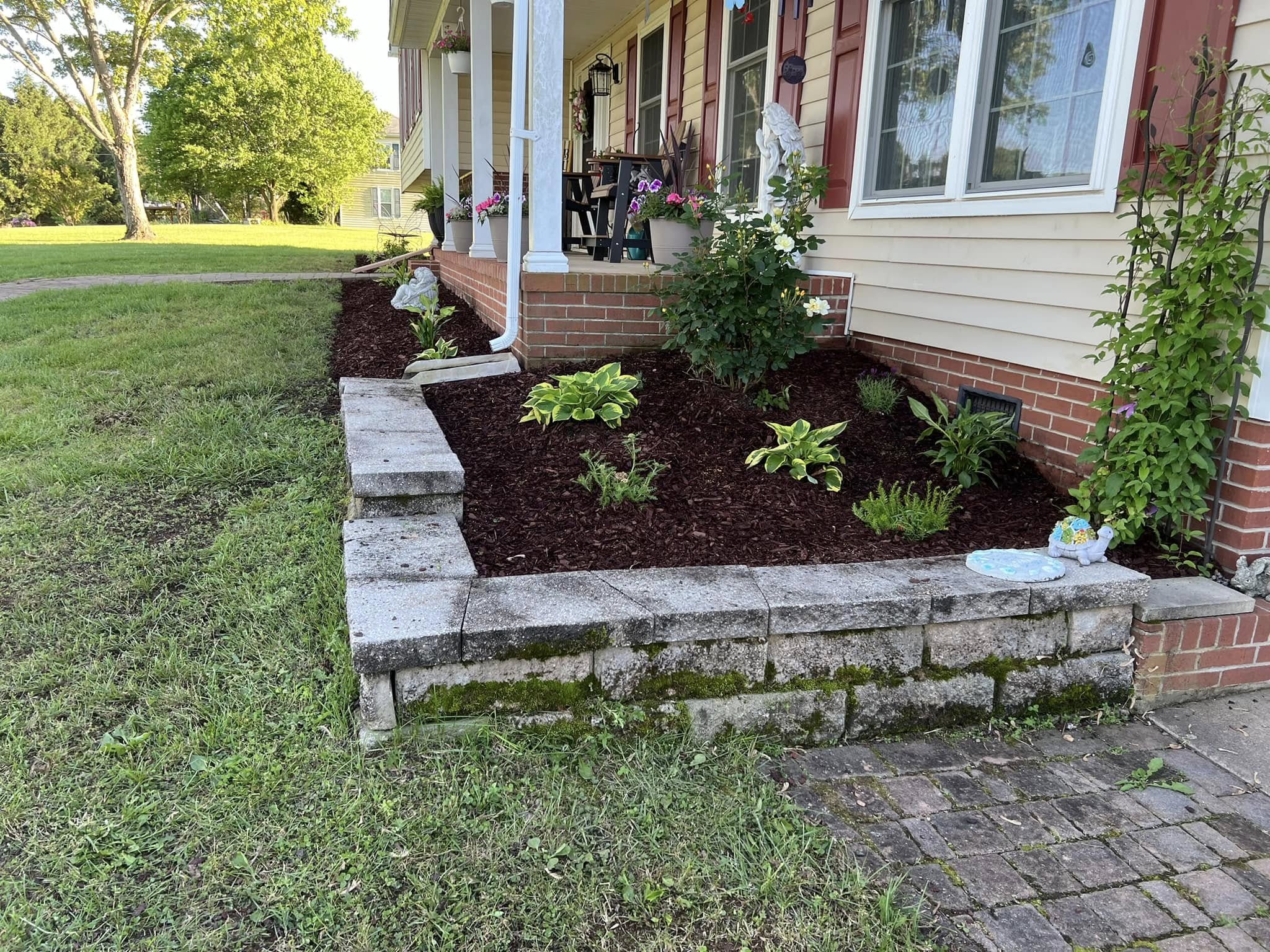
Creating a Wildlife Sanctuary: Landscaping Techniques for a Biodiverse Yard Nov 13, 2025
The journey to a wildlife-friendly yard begins with understanding the site conditions you’re working with. Take note of the amount of sunlight different areas receive, the type of soil you have, and how water flows across your property. This assessment forms the foundation for selecting plants and designing habitats that support a variety of species.
Choosing native plants is crucial in creating a biodiverse yard. Native plants have adapted over time to the local climate, soil, and pests, providing the perfect habitat and food sources for local wildlife. Integrate a variety of trees, shrubs, and wildflowers that bloom at different times of the year. This ensures that food sources are available during all seasons, attracting a diverse range of creatures.
Once you've selected your plants, consider your planting strategy. Layering vegetation—planting ground covers, shrubs, and trees in varying heights—mimics natural ecosystems and provides niches for wildlife. This design not only makes your yard appealing to different species but also enhances the visual interest of your landscape. To maintain an eco-friendly environment, Ridgewood Lawn Care LLC recommends using organic mulch around plants to retain moisture, reduce weed growth, and enrich the soil.
Water sources are vital to a wildlife sanctuary. Birds, amphibians, and insects all require reliable access to water. You can provide this with something as simple as a birdbath, or more elaborate features like a small pond. Ensure your water feature has a range of water depths and plenty of plants around it to offer shelter and breeding sites. During drier months, check water levels regularly and keep them clean for healthy visits from wildlife.
Another important component of your wildlife-friendly garden is creating shelter and nesting opportunities. Some creatures require dense foliage, while others look for dead wood or rock piles. Consider leaving a corner of your yard a bit wild with leaf litter, brush piles, or logs. Install birdhouses or bat boxes to offer safe nesting sites for species that favor above-ground habitats.
While it's tempting to control pests with chemicals, a truly biodiverse yard thrives without pesticides. Introducing beneficial insects such as ladybugs or creating inviting conditions for birds and bats will keep unwanted pests in check naturally. This organic pest control approach protects wildlife from the harmful effects of toxic substances and keeps your garden environment healthy.
A successful wildlife sanctuary is sustained by minimizing human disturbances. By establishing paths or designated areas where people and pets are encouraged, you give wildlife the space and tranquility they need to thrive. Ridgewood Lawn Care LLC suggests scheduling maintenance activities, like mowing and pruning, during times that are less disruptive to wildlife activity.
Creating a wildlife sanctuary in your backyard is a commitment, but the rewards are plentiful. Not only will you enjoy a vibrant, lively garden full of natural music and motion, but you will also play a vital role in supporting biodiversity. With these landscaping techniques, supported by Ridgewood Lawn Care LLC’s expertise, your yard can become a beacon for local wildlife, benefitting the environment and bringing years of joy and discovery.
/filters:no_upscale()/media/75a4730c-b547-48d1-b58c-a17fce880f61.jpeg)
/filters:no_upscale()/filters:format(webp)/media/d37cd483-a99a-4592-86c4-3e97bda5ef24.jpeg)